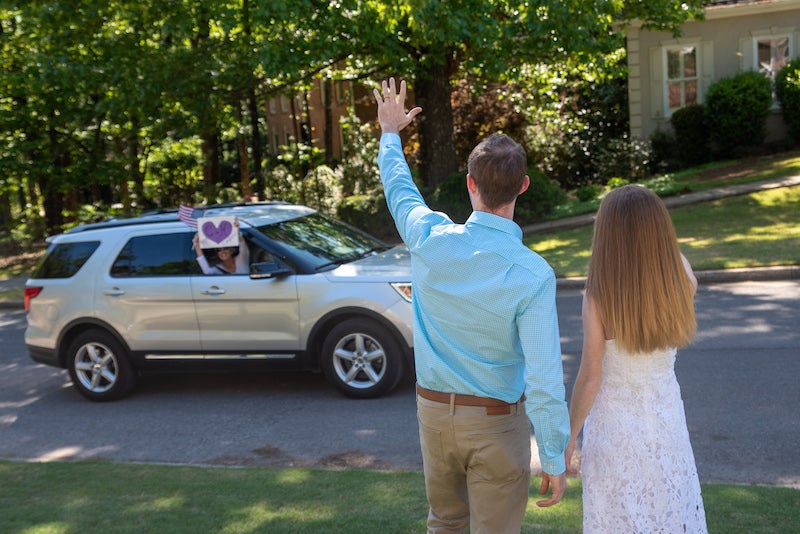Will my pet’s wound heal?
Published 1:16 pm Monday, February 13, 2012
By DR. FRED SELF / Veterinarian
The body is a remarkable thing. It is designed to be born and to die. In between, the body is designed to do everything it can to make it from the beginning to the end.
The liver can function normally with only 25 percent of itself intact. Kidney function will show up as abnormal only after 66 percent of the two kidneys is damaged. It is also remarkable that function for some body parts can return even after they are severely damaged.
One such organ is the skin. Whether it is damaged by cut, tear, bite, scrape or burn, the body will work to repair its skin to as close to normal as possible.
It is important that the skin be as intact as possible to keep the other organs and bodily fluids in place. If the skin, as an organ, fails, the body cannot support the function of other organs from the beginning to the end.
Because the skin is so important, it is provided with two ways to heal. The first is called first intention healing.
First intention is the best possible way for skin to heal. This form of healing takes place when the edges of the wound are close. The blood vessels and connective tissues from both sides cross the narrow space in between and cause binding. First intention healing allows the wound to stay clean and heal quickly, leaving a small scar.
Second intention healing is designed for when your pet is cut or tears its skin, your veterinarian will encourage you to have it sutured closed to encourage first intention healing. If your pet has an abscess or a wound that has been exposed to dirt and debris, your veterinarian will counsel you on helping an open wound heal.
Either way, because the skin plays such an important part in life, seek attention for skin injuries as soon as possible.
Dr. Fred Self is a veterinarian with Shelbiana Animal Clinic, along with Dr. Charles Thornburg. You can reach them at 669-7717.









